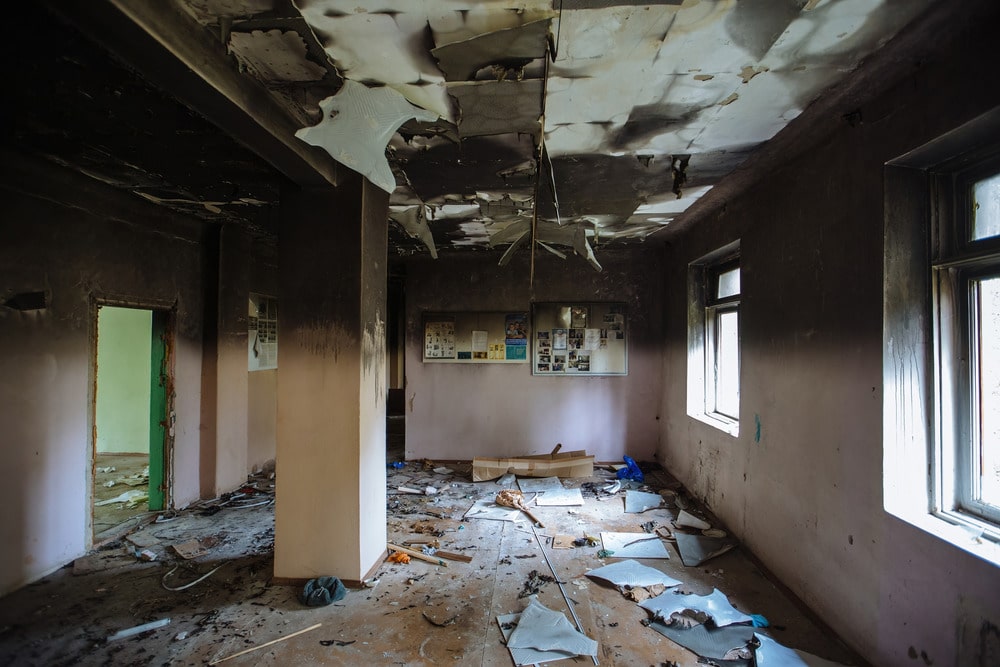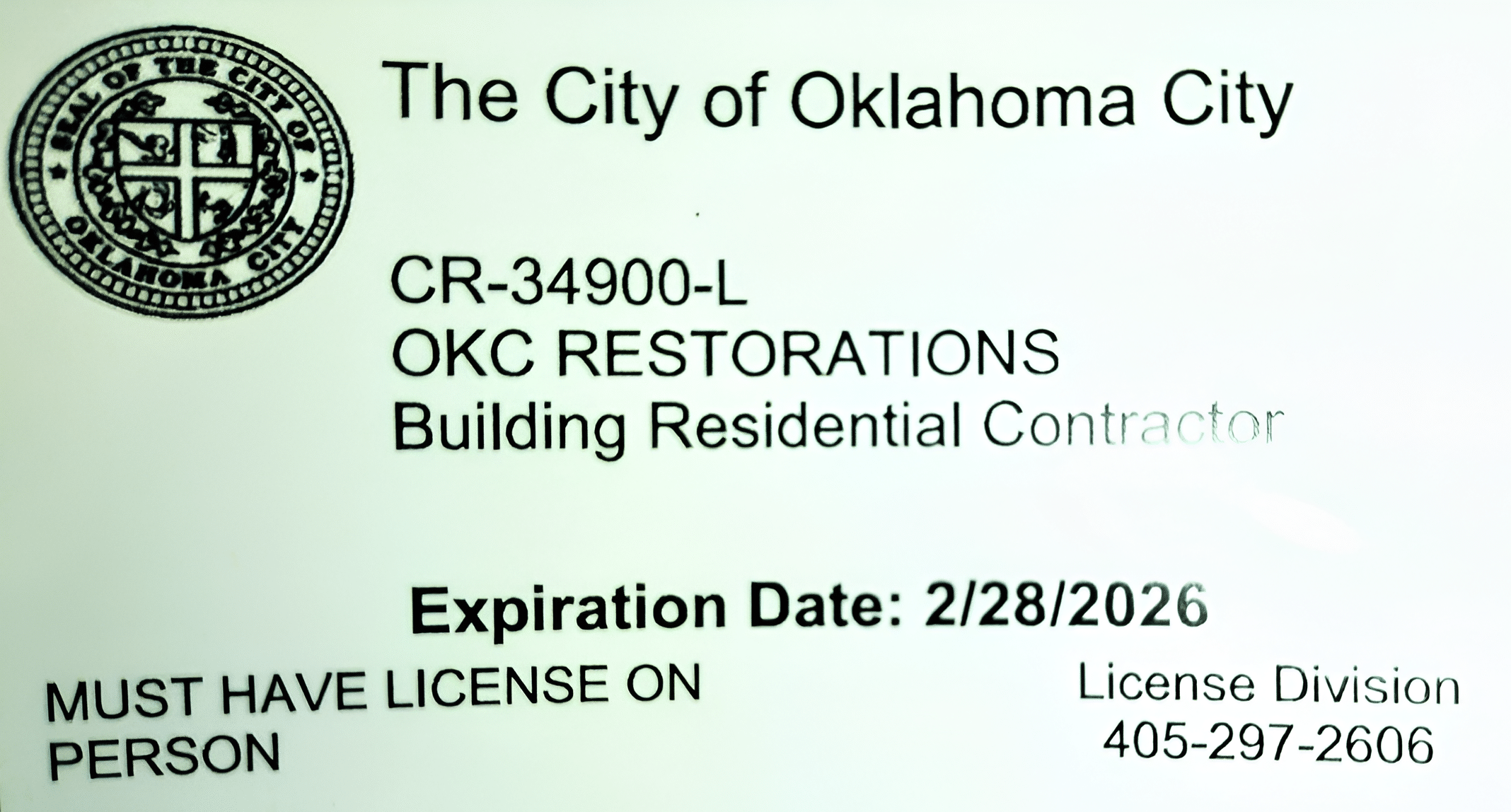
After a fire, even a little kitchen flare-up, you might notice some black, web-like substances on your ceilings or in the corners. Don’t worry, they’re not spider webs; those are soot tags left behind from the smoke. They might seem harmless, but they indicate that there’s still some smoke residue left behind in your home. In this blog, we’ll explain what soot tags are, why they occur, if they’re a safety concern, how to get rid of them, and when to seek professional help.
What Are Soot Tags?
Soot tags are black, thread-like clusters that kind of look like spider webs, but they’re actually made up of tiny smoke and carbon particles. You usually find them in areas where smoke settles, such as in corners, along the ceilings, around vents, or on light fixtures. While they might look harmless, soot tags are a clear indication of lingering smoke damage and can cause breathing problems for you and your family.
What Causes Soot Tags?
Soot tags happen when smoke from a fire cools, and tiny particles stick together. These particles float upwards with warm air and settle on cooler surfaces, forming black, web-like shapes in the corners, on the ceiling, or around the vents. They are more likely to form when fires burn unevenly, ventilation is poor, synthetic materials are burned, or the air cools quickly. Even after the fire is out, soot tags can keep forming as smoke particles continue to settle.
Here are some reasons why soot tags form:
Incomplete Combustion
Soot tags often form when a fire doesn’t burn materials fully, producing extra carbon and smoke particles. These particles float in the air and stick to cooler surfaces, creating the black, web-like strands known as soot tags. Incomplete combustion is commonly caused when plastics, rubber, or fabrics don’t burn completely.
Poor Ventilation
When a room doesn’t have good airflow, smoke stays in the air longer. This allows soot particles to stick together and form black, web-like soot tags. Closed-off spaces like basements or sealed rooms are most likely to have soot tags after a fire.
Burning of Synthetic Materials
When plastics, rubber, carpets, or upholstery burn, they produce a thick, oily smoke. This sticky soot clumps together quickly, forming soot tags. Homes with modern furnishings are more likely to have these stubborn soot tags, which can be hard to clean.
Rapid Cooling After a Fire
When a fire is quickly put out, the air cools down rapidly, causing the soot particles to stick together and solidify. This is why you see soot tags on ceilings, in corners, and on other cool surfaces after a fire.
Static Electricity
Static electricity in the air can attract soot particles, causing them to stick together and form stringy, web-like shapes. You will usually find these near lights, electronics, or places where static builds up.
Are Soot Tags Dangerous?
Soot tags aren’t poisonous, but they can be harmful because they contain carbon, chemicals, and toxic residues from burned materials. Breathing in these particles can irritate your lungs, eyes, and skin, and may trigger respiratory problems, especially for children, the elderly, or people with asthma. Long-term exposure could lead to more serious health issues. To stay safe, always clean soot tags carefully while wearing masks, gloves, and eye protection, instead of just brushing them off.
How To Clean Soot Tags
Getting rid of soot tags requires caution, as improper cleaning can spread soot throughout your home. While small areas can be handled with DIY methods, widespread soot damage is best left to a professional company like OKC Restoration. The process involves prepping the area, carefully removing the soot, drying everything out, and getting rid of smoke odors.
Safety Equipment & Preparation
Before cleaning soot tags, make sure the area is well-ventilated by opening windows or using fans. Wear protective gear such as gloves, safety glasses, and a mask to avoid breathing in soot particles. Cover floors, furniture, and other items to prevent spreading stains.
Cleaning Soot Tags
Different cleaning techniques can be used depending on the surface and level of damage. Always begin gently and test a small area before applying chemicals or cleaners.
Techniques include:
- Using a HEPA-filter vacuum to gently remove loose soot
- Cleaning walls and ceilings with a dry cleaning sponge
- Applying specialized soot-cleaning products to break down residue.
- Wiping walls with mild soap and warm water
- Using vinegar solutions to help cut through oily soot
Drying Surfaces
After you finish cleaning, make sure everything is completely dry to prevent stains, odors, or extra damage. Grab some clean cloths, fans, or a dehumidifier to speed up the process. Letting things dry properly also prevents any moisture issues from developing later.
Deodorization & Final Cleanups
Soot often leaves a strong smoke smell. To eliminate the odor, consider using air purifiers, odor-neutralizing sprays, or scheduling a professional ozone treatment. Carefully check the area to ensure you have removed all the soot, and dispose of your cleaning materials safely.
Where Can I Find Soot Tags?
Soot tags often show up in cooler, low-airflow areas. You’ll usually spot them on the ceiling, in corners, and around light fixtures, but they can also form near vents, door frames, closets, or even attics. Because they drift toward areas with low airflow, they often appear in surprising places far from where the fire actually occurred.
When Do I Need Professional Help?
If you have a few spots of soot, DIY cleaning might do the trick. However, if the soot is everywhere, hard to reach, or keeps coming back, you should consider calling in fire restoration experts. Professional teams like OKC Restorations have the right tools, cleaning products, and safety gear to remove soot without spreading harmful particles throughout your home. They can also remove odors and provide deep cleaning to restore healthy air quality in your home.
Summary
Soot tags may look like spider webs, but they’re actually clusters of smoke and carbon left behind after a fire. They often form in cooler areas with minimal airflow and can spread or stain if they are not cleaned the right way. You may be able to clean small patches yourself, but because soot contains harmful particles, widespread or stubborn damage is best handled by professionals.
At OKC Restorations, we specialize in fire and smoke damage cleanup, including the safe removal of soot tags. Our team uses professional tools and proven techniques to restore your home quickly, safely, and thoroughly. Contact us today for expert fire restoration services in Oklahoma City and surrounding areas.




